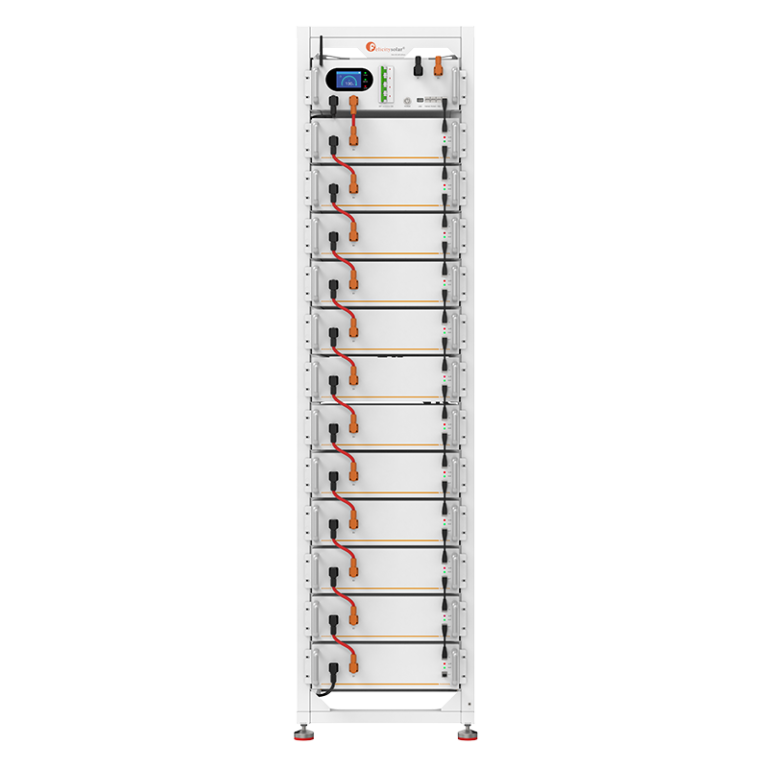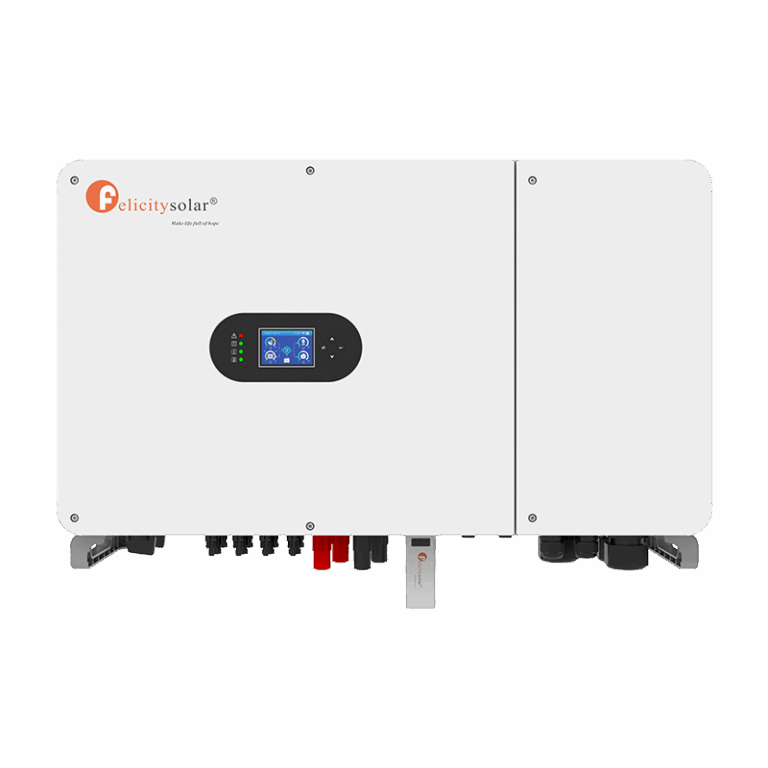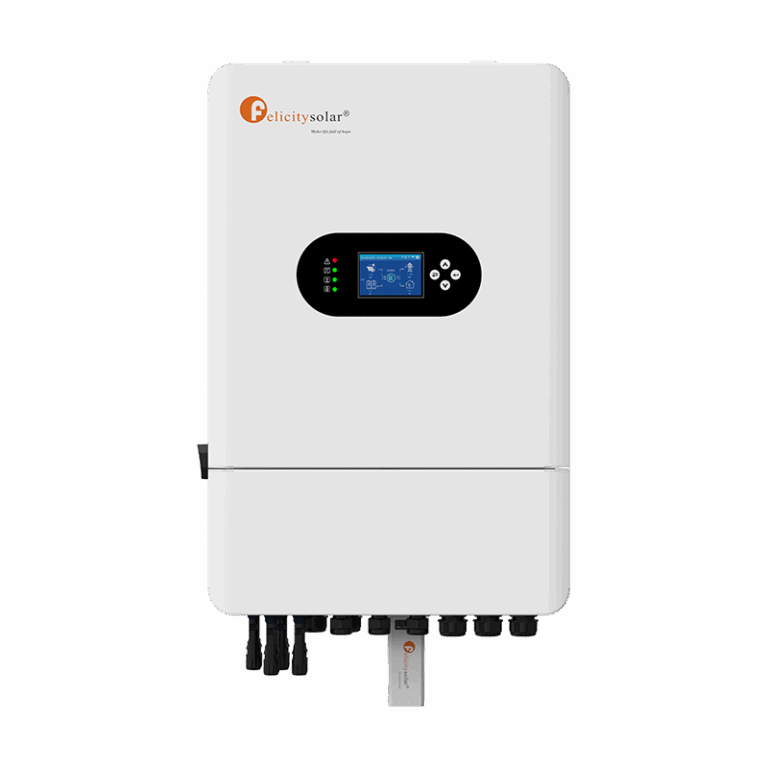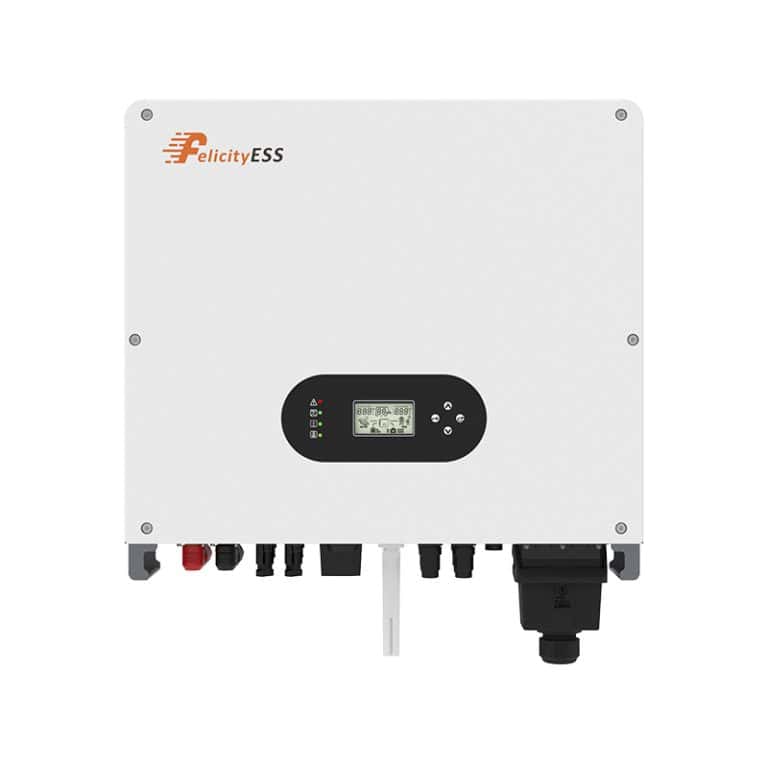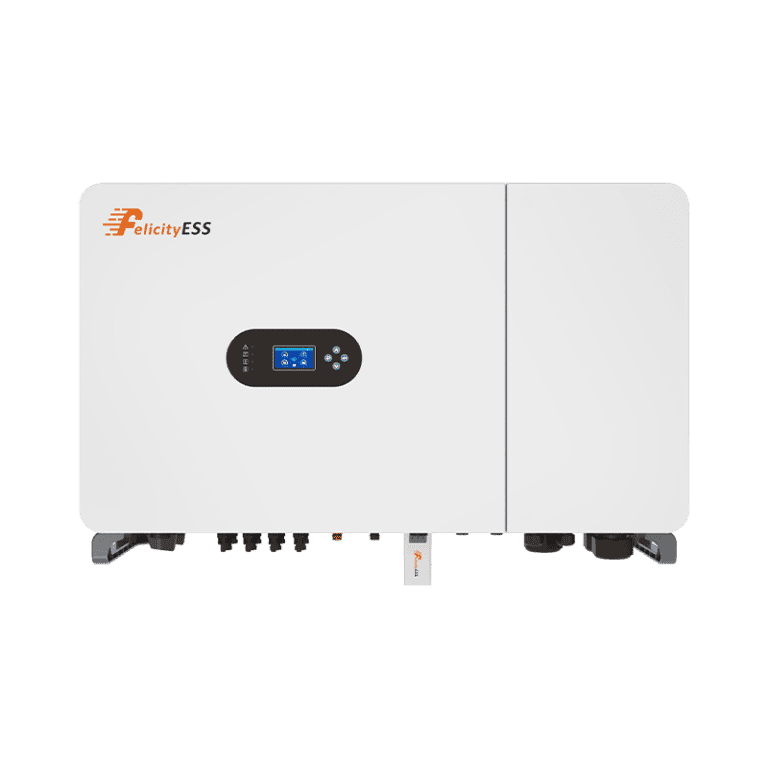Las empresas ahora dependen más que nunca del acceso constante a la tecnología en la era digital. Los cortes de energía pueden provocar importantes pérdidas financieras, así como una interrupción de la productividad operativa. Aquí es cuando contar con sistemas de energía de respaldo confiables se vuelve crucial. Cuando hay un corte de energía, un voltaje de batería del inversor completamente cargado ofrece una medida de protección vital que garantiza que las empresas puedan continuar como de costumbre.
Sin embargo, mantener la batería del inversor completamente cargada es fundamental para un funcionamiento óptimo. Además de reducir el tiempo de respaldo, una batería con poca carga puede disminuir su vida útil y causar daños al sistema. Como resultado, cada propietario de negocio debe poder comprobar el voltaje de la batería de su inversor.
La importancia de una batería del inversor completamente cargada
Un inversor transforma la energía almacenada de la batería en energía de CA utilizable durante una pérdida de energía, lo que permite que los dispositivos conectados continúen funcionando. Sin embargo, la capacidad de la batería para proporcionar energía de respaldo se verá restringida si no está completamente cargada. Durante apagones prolongados, esto puede provocar un cierre anticipado, dejando a su empresa expuesta a la pérdida de datos y la destrucción de equipos.
La sulfatación es otra condición que puede experimentar una batería con poca carga, en la que se acumulan cristales de sulfato de plomo en las placas de la batería. Esto acorta la vida útil general de la batería y reduce su capacidad para almacenar carga.

Métodos para verificar el voltaje de la batería del inversor
Mantener una carga completa y maximizar el tiempo de respaldo del voltaje de la batería del inversor requiere un monitoreo regular. A continuación se muestran algunas formas de medir el voltaje en la batería de su inversor.
- Pantalla del inversor: Para obtener más instrucciones sobre cómo calcular las lecturas de voltaje, revise el manual que viene con su inversor. Para determinar si la batería está completamente cargada, busque una señal de "llena" o un rango de voltaje particular.
- Multímetro: Para obtener una lectura exacta del voltaje de la batería, utilice un multímetro. Verifique si el multímetro está en modo de voltaje CC.
- Luz indicadora de batería: Para saber qué color o símbolo indica una batería completamente cargada, consulte las instrucciones que vienen con su inversor.
- Tiempo de carga: Esté atento a cuánto tiempo lleva. Un temporizador incorporado en casi todos los inversores le permite saber cuándo es necesario cargar la batería.
Serie T-REX: Inversores híbridos de alto rendimiento
Conozca los inversores híbridos flexibles de la serie T-REX, diseñados para satisfacer los diversos requisitos energéticos de aplicaciones comerciales e industriales. Para aprovechar al máximo el voltaje de la batería del inversor, seleccione el inversor que mejor se adapte a sus necesidades energéticas particulares.
T-REX-50KHP3G01: Grandes fábricas, edificios comerciales y parques industriales se benefician de este inversor industrial y corporativo de 50 kW con cuatro conectores MPPT.
T-REX-10KLP3G01: Diseñado para aplicaciones comerciales relativamente bajas, este inversor trifásico de bajo voltaje de 5 kW contiene dos seguidores MPPT.
T-REX-4K6/5K/6KLP1G01: Los inversores monofásicos de bajo voltaje con dos seguidores MPPT, con potencia nominal de 4kW, 5kW o 6kW, son apropiados para su uso en entornos residenciales y de pequeñas empresas.
Obtenga la tranquilidad que conlleva saber que su empresa ha estado protegida contra cortes de energía invirtiendo en un excelente sistema inversor de Felicity ESS. Comuníquese con nosotros ahora mismo para obtener más información sobre nuestra selección de baterías e inversores.

Conclusión
Mantener los procedimientos de cuidado adecuados y probar el voltaje de la batería de su inversor con regularidad garantizará que su sistema de energía de respaldo permanezca preparado para ofrecer ayuda confiable durante los apagones. Inversores Felicity ESS están construidos con un compromiso constante con la satisfacción del cliente, garantizando un rendimiento y confiabilidad sobresalientes.



